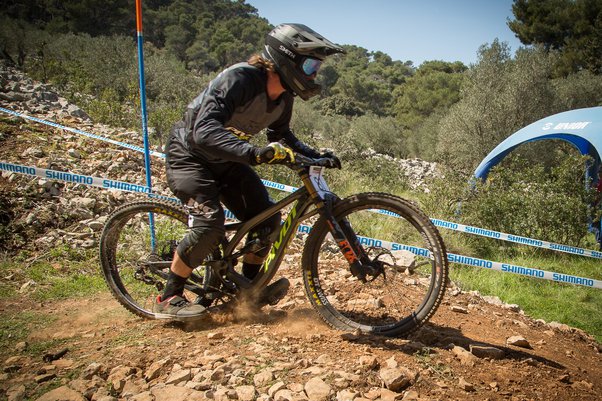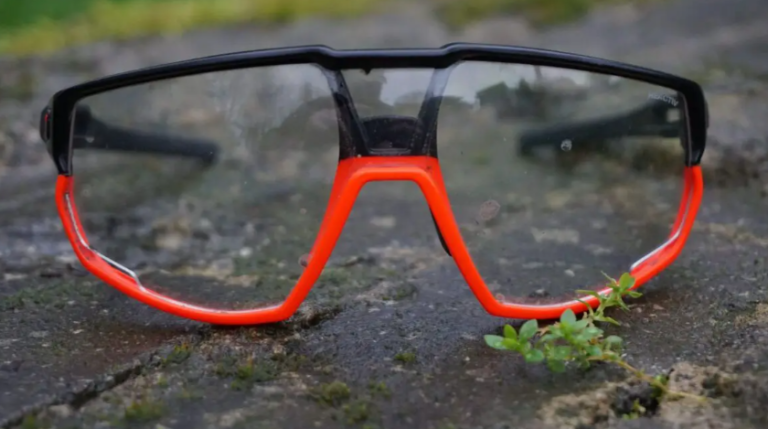The Vital Role of Padding and Comfort in MTB Helmets
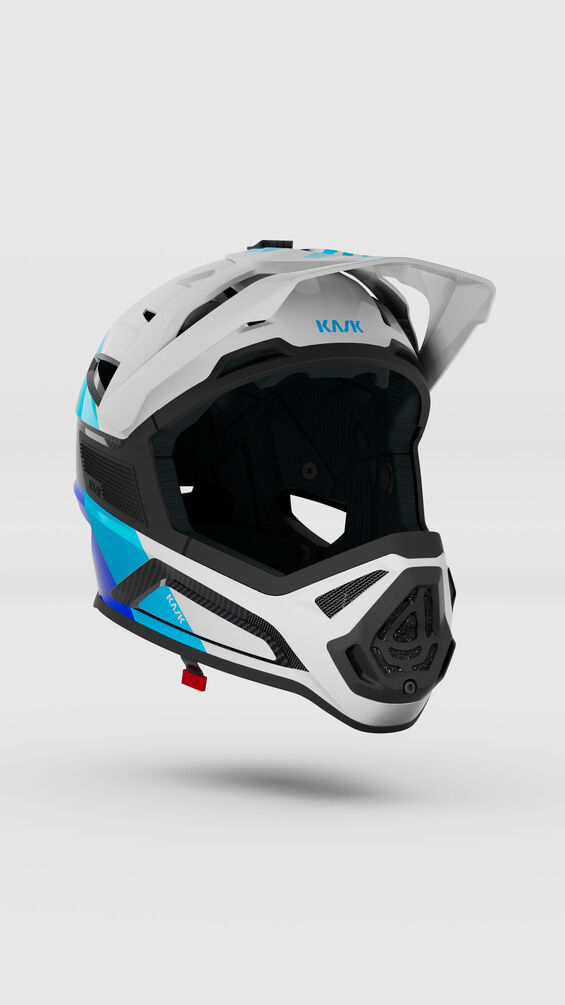
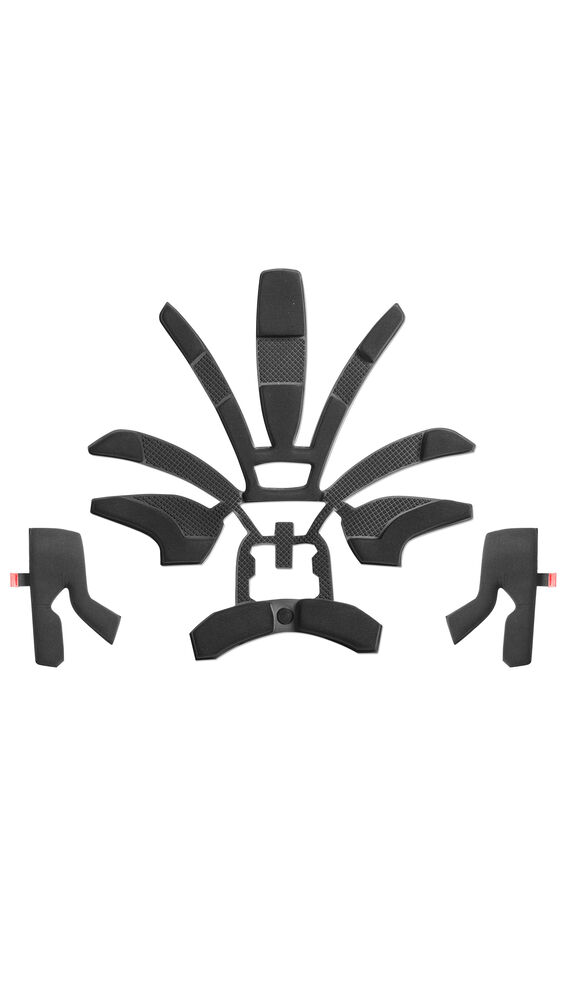
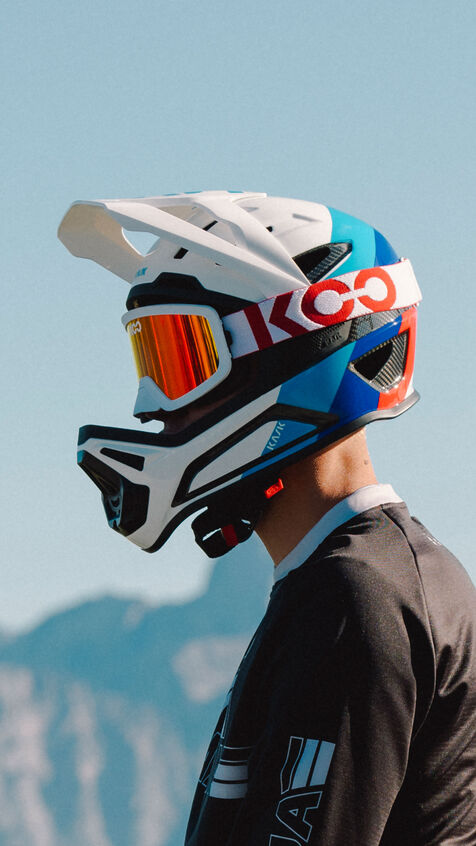
Key Point Summary of Padding and Comfort in MTB Helmets:
- Essential Role of Helmet Padding: Understanding how padding contributes to safety and comfort.
- Types of Padding and Their Benefits: Exploring different materials and designs in helmet padding.
- Maintaining and Upgrading Helmet Padding: Tips for care and when to consider replacements.
As a masters cyclist with extensive experience in racing and riding across a variety of disciplines – mountain biking, gravel biking, and cyclocross – I’ve learned that comfort and safety in cycling gear, especially helmets, are paramount. Today, I want to share insights on helmet padding and comfort, aimed at helping cyclists from beginners to mid-level enhance their riding experience.
Essential Role of Helmet Padding
Helmet padding isn’t just about comfort; it plays a crucial role in your helmet’s overall safety. Proper padding ensures the helmet fits snugly, reducing the risk of it shifting or coming off during a crash. I recall a rocky descent where my well-padded helmet absorbed not just the shock but also stayed firmly in place, protecting me from potential injury.
Types of Padding and Their Benefits
1. Foam Padding: Most MTB helmets use foam padding, typically made from expanded polystyrene (EPS). This material is excellent for shock absorption. What I appreciate most is its lightweight feel, which is essential for long rides.
2. Gel Padding: Some higher-end helmets use gel padding. This type offers superior comfort and a custom fit as it molds to the shape of your head. I switched to a helmet with gel padding for a particularly grueling endurance race, and the difference in comfort was noticeable.
3. Moisture-Wicking Padding: A game-changer for me was when I started using helmets with moisture-wicking padding. This type of padding draws sweat away from the head, keeping you cooler and more comfortable, especially under the scorching sun during summer races.
Maintaining and Upgrading Helmet Padding
Regular maintenance of helmet padding is crucial. I always check for signs of wear or degradation, as worn-out padding compromises both safety and comfort. If you notice thinning or tearing, it’s time to replace the padding. Many brands offer replacement kits, which can extend the life of your helmet.
Personal Anecdotes for Relatability
During a multi-day mountain biking event, I learned the hard way how important padding maintenance is. By the second day, the padding in my helmet had compacted, reducing its effectiveness. I had to make a quick fix using spare padding from a fellow rider. Since then, I always carry extra padding on longer rides.
The Difference Good Padding Makes
Good padding isn’t just about comfort; it can enhance your overall riding experience. A well-padded helmet can reduce fatigue, allowing you to focus more on the ride. On technical descents, where concentration is key, a comfortable helmet can make all the difference.
The Kask Defender: A Case Study in Helmet Padding Excellence
The Kask Defender has been a standout model in my gear collection, particularly for its innovative approach to helmet padding and comfort. Let’s break down what makes this helmet a prime example of superior padding and design:
Advanced Padding Technology
- Layered Padding Structure: The Defender utilizes a multi-layered padding system. This includes a combination of foam padding for shock absorption and gel padding for comfort. The foam layer is critical for safety, offering necessary cushioning during impacts, while the gel layer provides a contoured, snug fit that adapts to the shape of your head.
- Thermoformed Padding: Unique to Kask helmets, the thermoformed padding in the Defender is designed to match the contours of the head more precisely. This not only enhances comfort but also improves helmet stability, a feature I found exceptionally beneficial during high-speed descents.
- Moisture-Wicking and Antimicrobial Fabric: The padding is covered with a fabric that wicks away moisture and has antimicrobial properties. During a particularly intense summer race, I noticed how this feature significantly reduced discomfort from sweat, keeping me cooler and more focused.
Aerodynamic Design with Comfort in Mind
- Ventilation System: The Kask Defender doesn’t compromise on ventilation. Despite its full-coverage design, the helmet has strategically placed vents that facilitate airflow, working in tandem with the padding to keep the head cool.
- Adjustable Fit: The helmet includes an adjustable retention system, which works alongside the padding to provide a secure and comfortable fit. This adjustability was a lifesaver during a long endurance ride, allowing me to tweak the fit as needed.
Maintenance Tips for High-End Helmets Like the Kask Defender
Maintaining a helmet like the Kask Defender is crucial for ensuring its longevity and effectiveness. I regularly clean the padding, following the manufacturer’s guidelines, and inspect it for any signs of wear. For helmets in this category, it’s advisable to replace the padding at the first sign of deterioration.
Final Thoughts
In conclusion, the right helmet padding plays a vital role in both safety and comfort. Whether you’re a beginner just starting out or a mid-level cyclist looking to improve your ride, don’t overlook the importance of quality padding in your cycling gear. It’s a small detail that can have a big impact on your cycling experience.
The Kask Defender is a prime example of how advanced padding technologies and thoughtful design can significantly enhance the safety and comfort of MTB helmets. Whether you’re a beginner or an experienced cyclist, investing in a helmet that combines safety with superior comfort, like the Defender, can transform your riding experience.
In the world of cycling, your helmet is more than just protection; it’s a crucial piece of gear that should offer comfort, safety, and performance.
John
FAQ
What is the best material for helmet padding?
The best material for helmet padding is often a combination of expanded polystyrene (EPS) foam for its excellent shock-absorbing properties, and memory foam or gel pads for added comfort and a better fit. Moisture-wicking fabrics are also ideal for covering the padding, as they help in keeping the rider cool and dry.
Can you add extra padding to a helmet?
Yes, you can add extra padding to a helmet for a better fit or increased comfort, as long as it doesn’t compromise the helmet’s safety and fit. Many manufacturers offer additional padding kits specifically designed for their helmet models.
Can I wear a helmet without padding?
No, it’s not advisable to wear a helmet without padding. The padding is essential for proper fit and shock absorption, crucial for the helmet’s effectiveness in protecting your head during an impact.

